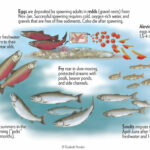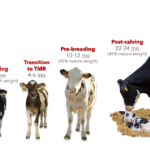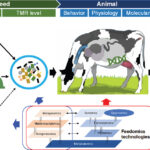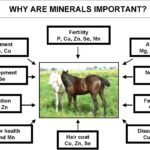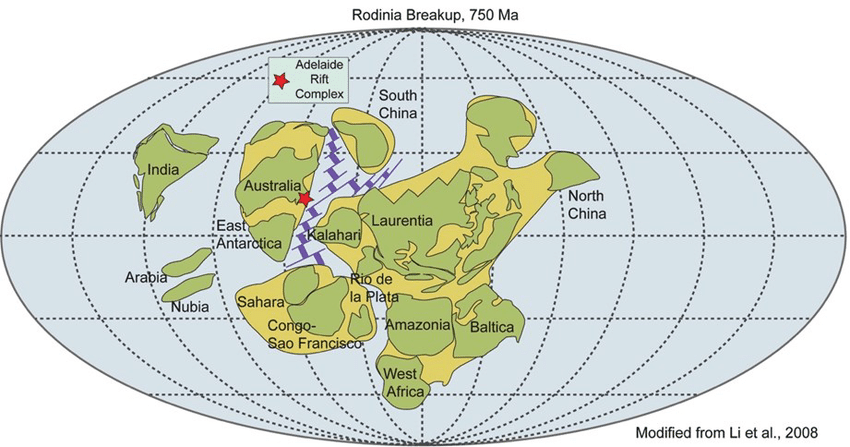Over the past 50 years, the natural world has undergone unprecedented change, leading to devastating consequences. Today, nearly one million species face extinction, threatening essential ecosystem services such as disease regulation and pollination. The primary drivers of biodiversity loss include land and sea use changes, overexploitation of organisms, climate change, pollution, and the introduction of invasive species. These drivers stem from societal values and behaviors, and without intervention, their negative impacts are expected to persist or intensify. Transformative action is essential to mitigate these threats and prevent further species decline.
Overexploitation and Its Impact
Overexploitation occurs when human extraction of natural resources exceeds their natural replenishment rate. This unsustainable practice endangers biodiversity, disrupts ecosystems, and reduces species populations below self-sustaining levels. Population growth and rising material consumption drive overexploitation, with living biomass extraction increasing sixfold between 1970 and 2010.
Key Facts:
Overexploitation threatens 46% of species classified as threatened or near-threatened.According to the IUCN Red List, over 1,680 terrestrial animals are at risk due to overexploitation, along with 1,118 freshwater and marine animals from unsustainable fishing, and 557 plant species from excessive harvesting.Overexploitation exerts evolutionary pressure on species, altering traits (e.g., tusk-less elephants evolving as a defense against poaching).Increased hunting and harvesting can alter pathogen dynamics, enabling disease transmission across species and potentially to humans.It is the second most significant threat to terrestrial species and has the second largest negative impact on terrestrial and freshwater ecosystems, following land-use change.Migratory species are particularly vulnerable to overexploitation.In marine ecosystems, overfishing has had the most significant impact, with 33% of fish stocks classified as overexploited and over 55% of ocean areas subject to industrial fishing.Overfishing, along with ocean warming and pollution, has led to coral bleaching and widespread coral die-offs, compromising both marine biodiversity and coastal protection.
Possible Solutions
1. Reform Harmful Subsidies and Promote Positive Incentives: Governments should evaluate the fiscal and environmental consequences of their policies, eliminating subsidies that drive overexploitation and replacing them with policies that support conservation and sustainable resource use.
2. Enhance Adaptive Fisheries Management: Fisheries management should adapt to climate-induced changes in fish populations and distributions to mitigate climate change’s impact on marine resources.
3. Strengthen Global and Domestic Fishing Regulations: Many current regulations fail to prevent overfishing. Strengthening enforcement and implementing science-based quotas can improve marine conservation efforts.
4. Reduce Dependence on Aquaculture: While aquaculture may alleviate pressure on wild fish populations, it cannot fully compensate for increasing seafood demand. Additionally, aquaculture poses environmental risks, such as pollution and invasive species introduction.
5. Implement Market-Based Conservation Strategies: Market-based tools, such as Marine Stewardship Council certification, can promote sustainable fishing practices. Expanding similar mechanisms to terrestrial ecosystems can help curb overexploitation.
6. Invest in Ecosystem Restoration and Protected Areas: In heavily exploited areas, ecosystem restoration is crucial for achieving sustainable resource yields. Establishing protected areas can shield species from overharvesting and enhance fishery productivity.Addressing overexploitation requires a comprehensive approach, combining policy reforms, sustainable management practices, and conservation efforts to protect biodiversity and ensure ecosystem resilience.
8/ Climate changes
Climate change significantly impacts biodiversity by altering ecosystems, disrupting species interactions, and driving species extinction. Theoretical perspectives from ecology, evolutionary biology, and climate science help explain these effects. Here’s a deeper theoretical exploration:
1. Ecological Theories on Climate Change and Biodiversity
A. Niche Theory and Range Shifts: According to Hutchinson’s niche theory, each species thrives within a specific range of environmental conditions (e.g., temperature, precipitation). Climate change shifts these conditions, forcing species to migrate toward more suitable habitats. However, barriers like urbanization, habitat fragmentation, and competition may prevent successful relocation, leading to population decline or extinction.
B. Ecosystem Stability and Trophic Cascades: The intermediate disturbance hypothesis suggests that ecosystems can tolerate some level of change, but beyond a threshold, biodiversity declines. Climate change intensifies disturbances such as hurricanes, droughts, and wildfires, disrupting ecosystem stability. Trophic cascade theory also applies here—if keystone species (e.g., predators or pollinators) are lost, entire ecosystems may collapse.
C. Island Biogeography and Habitat Fragmentation: The theory of island biogeography (MacArthur & Wilson, 1967) explains species diversity based on habitat size and isolation. As climate change fragments habitats, ecosystems resemble islands where small, isolated populations face higher extinction risks due to limited gene flow and reduced resource availability.
2. Evolutionary Perspectives on Climate Change and Species Adaptation
A. Phenotypic Plasticity vs. Genetic Adaptation: Some species exhibit phenotypic plasticity, meaning they can adjust traits (e.g., behavior, physiology) to cope with changing environments. For instance, some birds adjust their migration timing due to warming temperatures. However, when environmental changes exceed the limits of plasticity, only genetic adaptation can ensure survival. Yet, rapid climate change may outpace evolutionary adaptation, leading to species decline.
B. Selective Pressures and Evolutionary Responses: Climate change imposes strong selective pressures on populations. For example, in response to warming, some fish species are evolving smaller body sizes due to metabolic constraints. Similarly, poaching-induced pressures (e.g., the rise of tuskless elephants due to ivory hunting) show how human-driven selection interacts with climate-related stressors.
3. Climate-Induced Biotic Interactions and Ecosystem Disruptions
A. Mismatch in Species Interactions (Phenological Shifts): Climate change alters the timing of biological events (e.g., flowering, migration). If species dependent on each other (e.g., pollinators and plants) experience phenological mismatches, entire food webs can be disrupted. For instance, earlier spring warming has led some insects to emerge before their plant food sources are available, threatening both plant reproduction and insect populations.
B. Invasive Species and Competition: Warmer temperatures allow invasive species to expand into new regions, outcompeting native species. For example, warming oceans have enabled jellyfish populations to increase, displacing fish species in some areas. This aligns with competitive exclusion theory, which states that species occupying the same niche cannot coexist indefinitely if resources are limited.
4. Climate Change, Extinction, and the Sixth Mass Extinction
Many scientists argue that Earth is undergoing a sixth mass extinction, primarily driven by human activity, including climate change. The background extinction rate (the normal rate of species loss) has been vastly exceeded. Theoretical models suggest that temperature rise beyond 1.5–2°C could push over one million species toward extinction, as ecosystems fail to adapt fast enough.
5. Mitigation Strategies and Theoretical Approaches
Resilience Theory: Focuses on enhancing ecosystem resilience through conservation strategies such as protected areas, biodiversity corridors, and assisted migration.
Sustainable Development Theory: Emphasizes balancing human development with environmental protection through policies like carbon reduction and reforestation.
Precautionary Principle: Suggests taking proactive conservation actions even in the face of scientific uncertainty, to prevent irreversible biodiversity loss.From an ecological and evolutionary perspective, climate change is reshaping biodiversity through habitat shifts, altered species interactions, and rapid extinction risks. Understanding these processes through theoretical frameworks can help develop effective conservation strategies.
Thank you for reading. Don't forget to subscribe & share!

